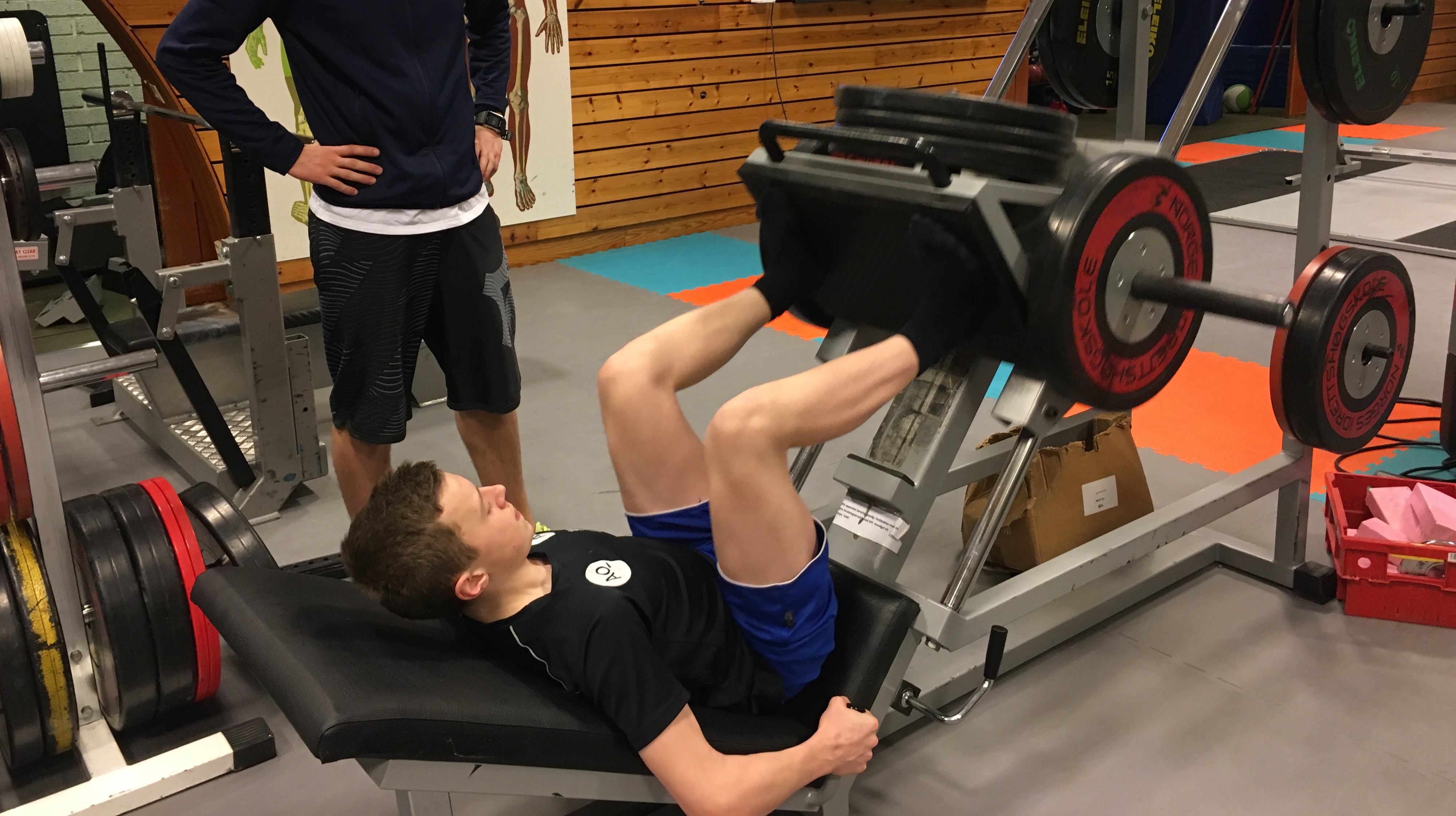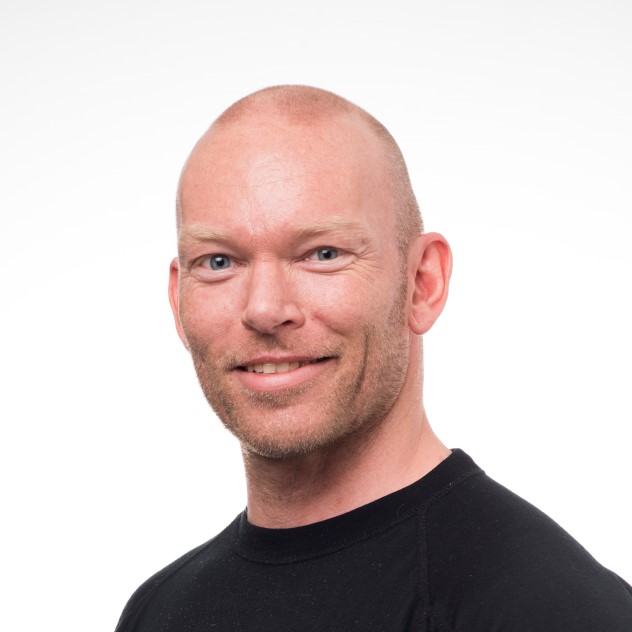Strength training for children and adolescents
There is no reason why children and adolescents should not do strength training. Strength training is beneficial for all age groups when it is done correctly.

Children and adolescents are very flexible and learn motor skills fast. Therefore, they are most often better suited than adults to do strength training, says Tron Krosshaug, … but the training must be done correctly and that is what the rest of this article is about.
Krosshaug is professor at the Oslo Sports Trauma Research Center, Department of Sports Medicine, at the Norwegian School of Sport Sciences (picture).

If children and adolescents want to start or continue strength training, it is important to consider:
- Technique
- Knowledge
- Importance of a feasible training program
But first: two common myths about youth and strength training is that you should not start before the body is grown and well developed, and that young people should only exercise with their own body weight.
No need to keep children away
One of the most common assumptions is that strength training can impair growth, and for this reason strength training should not start before the body is grown and well developed.
- This has been a myth for decades and does not supported by current evidence. There is no indication today supporting that strength training causes harm for these age groups, says Tron Krosshaug.
Another myth is that young people should only exercise with their own body weight.
- I cannot see any logic in advising “body weight only". Body weight training can be very heavy and the key is to adjust the load to the person. This is easier done with external weights. Adjusting load for bodyweight exercises is possible but requires more knowledge.
Professor Krosshaug is emphasized the importance of doing the strength training exercises properly with the correct technique and a reasonable plan and goal setting.
Importance of technique
Correct technique is important firstly is to get the best possible muscle stimulus; secondly to avoid injuries. But how do you know what is the right technique if you have never done strength training before?
- There are many resources available, particularly on the internet. However, these resources may not be evidence based and developed by experts, so it is important to be critical and use reputable resources.
You may want to start out with seeking advice from persons that are educated within exercise and training such as personal trainers with some years of experience with strength training, says Krosshaug.
The training program - your best friend
When the technique is taken care of, it is important to follow a training program and plan.
- Following a sub-optimal training program is still better than not following any program, adds Krosshaug.
There are several reasons for this statement:
- With a plan for which exercises you do, the program will likely have a better balance. Typically, young boys may tend to train chest and biceps, and less on other important muscles. Over time, this may increase injury risk, and is not optimal if sports performance is desired
- With a plan for the number of sets and repetitions you will get a better load and recovery balance
- You can control the load so you do not stop progressing and can avoid too much training over time
- If you train too heavily for a long period of time, you will not be stronger - you may even get weaker and increase your risk of injury
Double the strength with the correct program
Also, with respect to the training program, Professor Krosshaug recommends seeking advice from competent persons with proper education.
- Find a person to connect to who has education within this topic, and who can help you setting up a program that makes sense for you, says Professor Krosshaug.
In the long run, it is possible to more than double the strength when following a good training program. In addition, a good program must consider that the body´s needs to rest. This is particularly relevant for children and young people who like to do sports, both during and outside school time.
- You must pay attention to any other activities you do, so you get enough rest, Krosshaug reminds you.
When this is ok, just start and work out. Good luck!